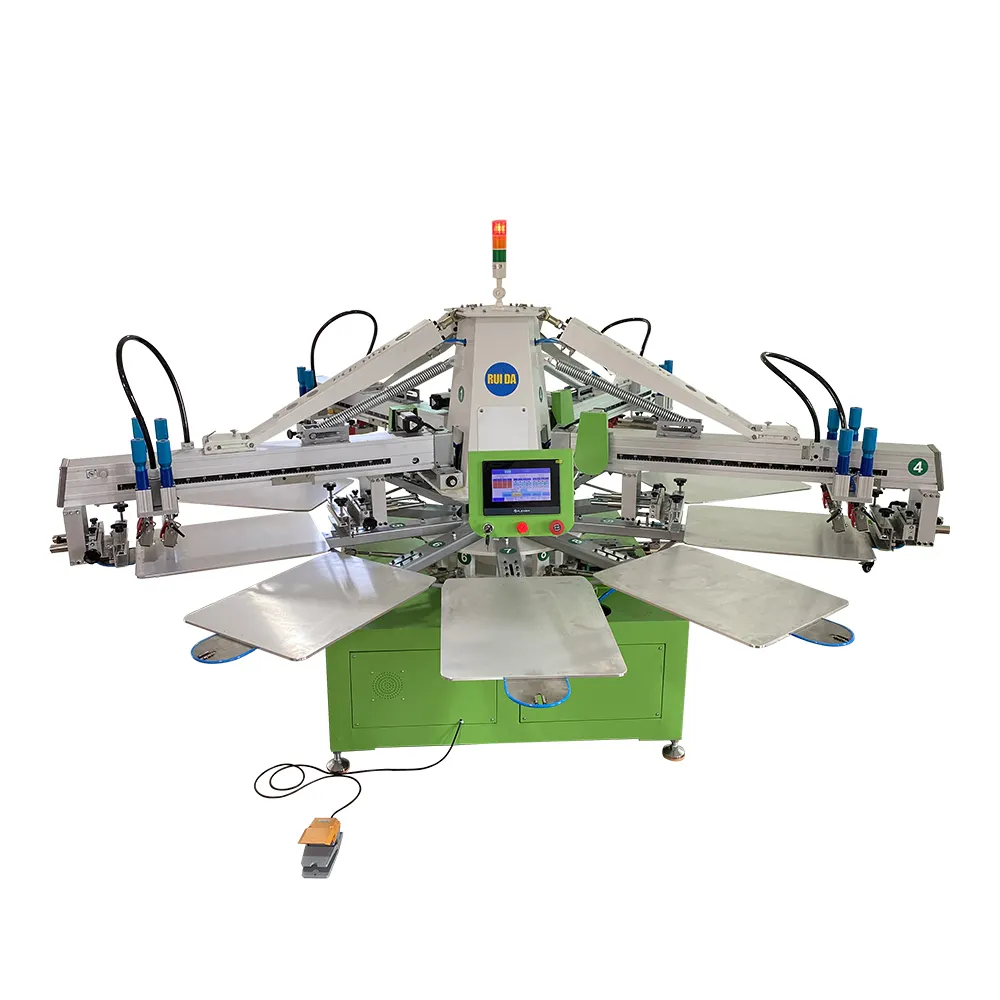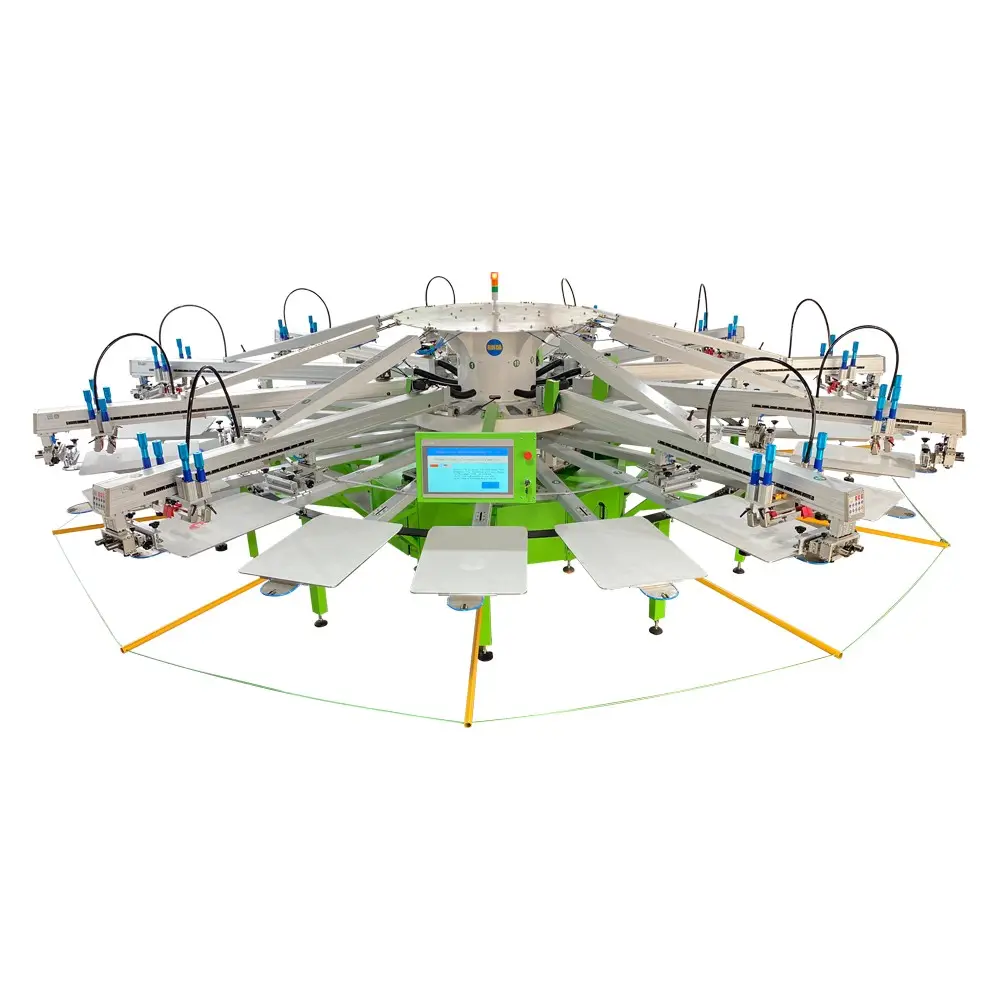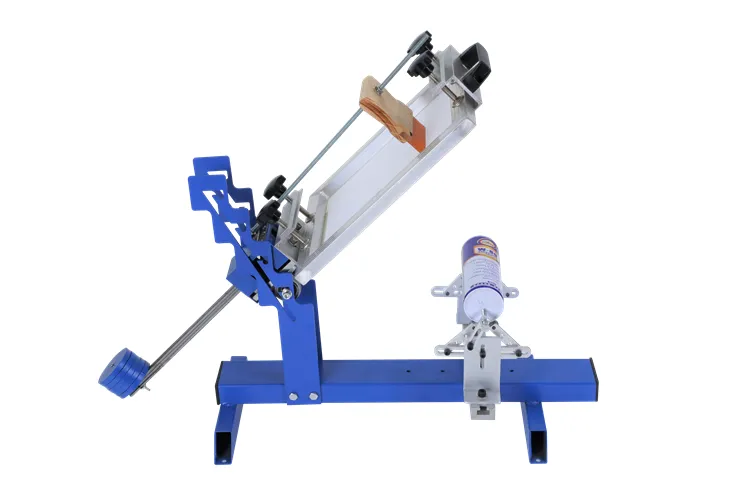flat screen printing
Flat screen printing represents a versatile and efficient printing method that has revolutionized both commercial and industrial printing processes. This technique involves pushing ink through a mesh screen onto a substrate, with specific areas blocked off to create the desired design pattern. The process begins with a finely woven mesh stretched over a frame, typically made of aluminum or wood. A stencil is created on the mesh, effectively blocking certain areas while leaving others open for ink transfer. During printing, a squeegee moves across the screen, forcing ink through the open mesh areas onto the printing surface below. This method allows for precise control over ink deposit thickness and can accommodate a wide range of substrates, from paper and textiles to plastics and metals. The technology incorporates advanced features such as automated registration systems, precision control mechanisms, and various ink delivery methods. Modern flat screen printing equipment often includes digital controls for consistent quality, adjustable pressure settings, and multiple station capabilities for multicolor printing. This versatility makes it ideal for applications ranging from textile printing and electronic circuit boards to commercial signage and artistic reproductions.


